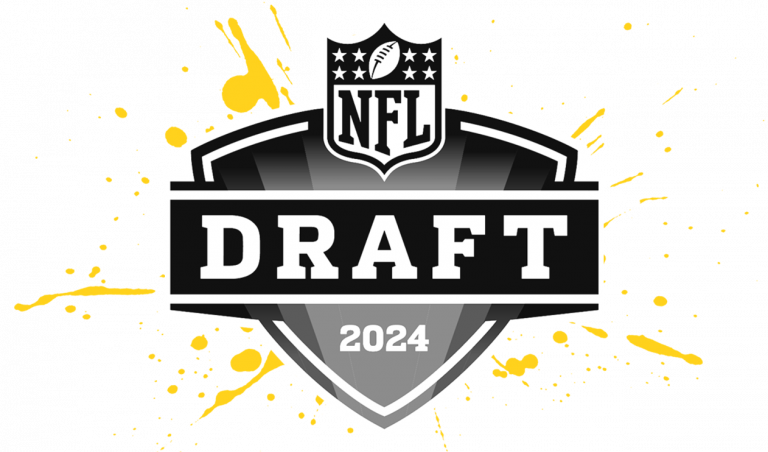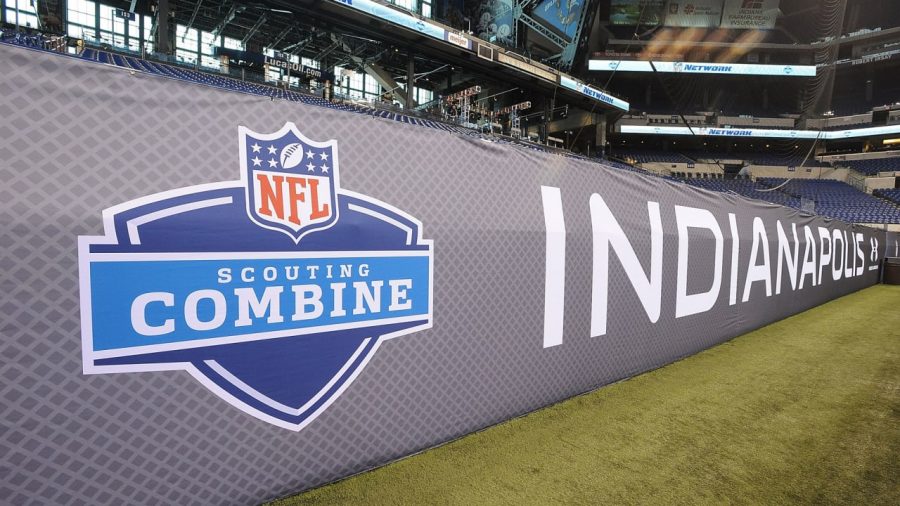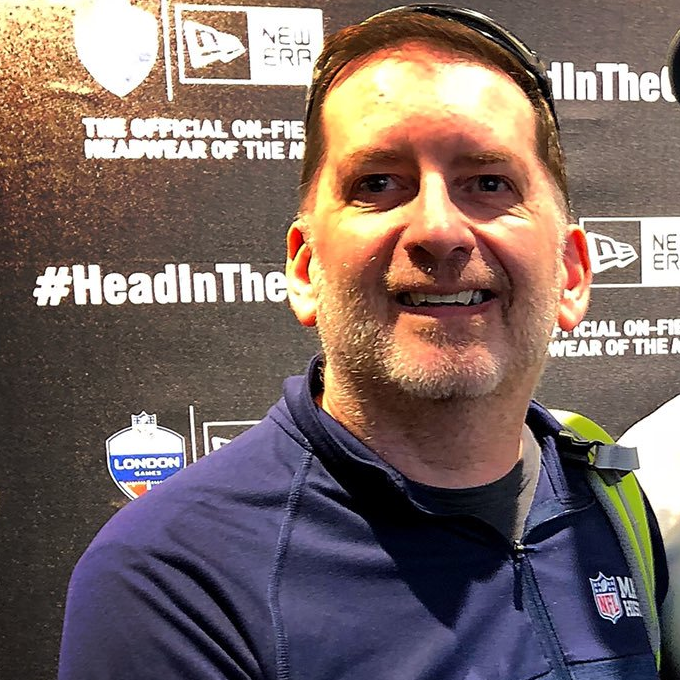NFL DRAFT History Class: The Scouts Pt.2
By George Somerville
Around this time of year I turn my attention to the NFL Draft. But unlike the vast majority of interested parties, I’m not looking forward – I’m looking back. Why? Because NFL Draft history is not only fascinating, it could also be a guide to what happens in the future!
Which means here we are with another series of History class. So, if y’all are ready, class is in session!

In this series, I am focusing on the Draft Scouts, the cog in the wheel of this monster Draft machine that keeps turning.
It’s almost unthinkable to imagine the Draft without the tidal wave of scouting content and the inevitable endless rounds of mock drafts we face in the months leading up to the big day itself.
In part I, I focused on the humble beginnings of scouting when the son of New York Giants owner, Wellington Mara started to write up reports on players that he watched in college.
This led to the drafting of superstar Tuffy Leemans in the 1936 NFL Draft. Frankly, Leemans was not on the radar of any other team, and the Giants’ getting a head start on a player who made an incredible impact on the league from the start raised some eyebrows and questions were posed by the other league ownership teams.
In the beginning
As you might imagine, this kick-started the concept of scouting, albeit in a very naive manner. Typically, there just weren’t the funds available to invest in this concept, which was overmuch in its infancy. There certainly was no money to have a network of scouts nationwide that we see now. And the concept of international scouting? No.
However, by 1946, the Los Angeles Rams had appointed the first designated scout, Eddie Kotal. Kotal differed from Mara in that he built up a network of contacts at colleges by being on the road. This allowed him to focus on where to target once he was “tipped off” by contacts in different parts of the country.
Kotal and Rams owner Dan Reeves are certainly credited as being among the first to build what we would now describe as a “database” of players based on their evaluations of these players. By this point, the Rams were certainly groundbreaking in terms of player evaluation and Draft day strategy. For example, the Rams were the first to use telephones on Draft Day. Perhaps more importantly, given their extensive evaluations of players, the Rams introduced the concept of “best player available”. This allowed the Rams to continue to improve their roster without being bogged down with focusing on positional needs.
Teaming up
By this point, the value of investing in scouting was important, but networks were still very expensive to run. It made sense for teams to try to share the financial burden, albeit they would need to share the information. However, the cost of going it alone was too much for one team to bear.
The first iteration of such a club was LESTO—Lions, Eagles, and Steelers Talent Organisation, which was formed in 1963. This organisation expanded to BLESTO when the Bears joined in 1964. It further expanded in 1971 to include the Vikings, Dolphins, Bills, and then Baltimore Colts. The organization continues to exist, albeit the Eagles and Lions left.
Also, in 1964, the first iteration of National Football Scouting Inc. was formed by the Colts, Browns, Packers, and St. Louis Cardinals. The NFS was expanded to include the Giants, Falcons, and Washington. The organization is now referred to as “The National.”
Also, in 1964, the Cowboys, Rams and 49ers formed a third alliance. This group was expanded to what was called “The Quadra” when the New Orleans Saints joined.
It is probably implied, but it is worth reiterating that these organisations did not share information between themselves. In fact, competition was fierce.
The Quadra no longer exists, with the four members now being part of the National.
The Combine

In 1976, the Jets were the first team to invite college players to New York for interviews and medicals. As with early scouting, it was no surprise that other teams quickly followed suit. Clearly, having players traverse the country to visit different teams was not reasonable or practical.
So, in 1982, the National held its first Camp where players could attend one event to talk to multiple teams. However, the other two organisations also held these camps, meaning players were still required time away from school to attend. Schools were not happy with these distractions and protested at the time students were taken away from campus. It was agreed that one event would be held where all teams would be represented.
In 1985, Phoenix was chosen as the destination for the first National Scouting Combine. Yes, you clever clogs, the Combine was born!
The Combine moved to Indianapolis in 1987, where it continues to be held. And if you want a piece of trivia that will get you lots of kudos at any NFL quiz night – the Combine is not run by the NFL but by the National, which we also know as the NFS!

